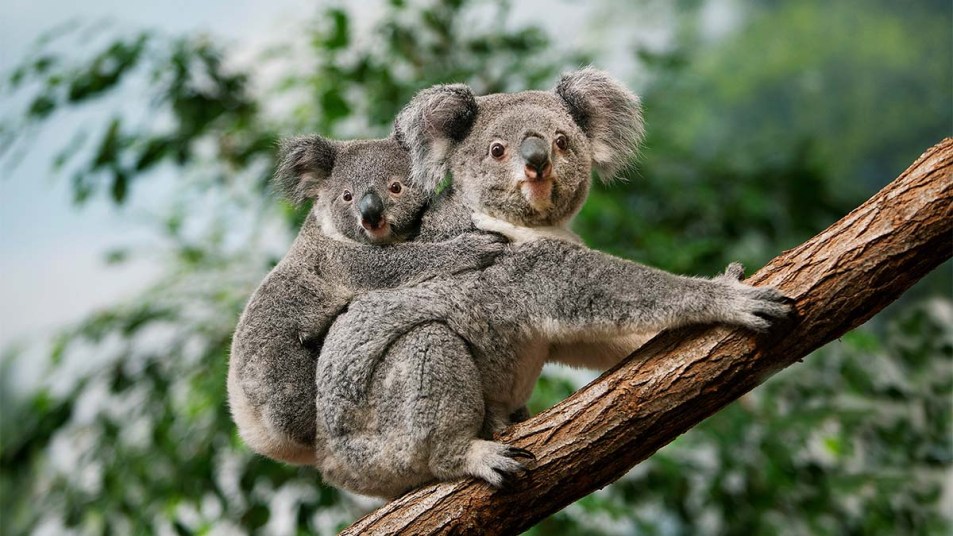Life
These 5 Animal Facts (From a Zoologist) Reveal How Similar Humans and Wildlife Actually Are
We've got more in common with the animal kingdom than you think.

5 Fun Facts About the Similarities Between Animals and Humans
Animal Appreciation
Clearly, the human bond with animals goes beyond companionship. For Dr. Clode, recognizing our similarities is essential to fostering a deeper appreciation for wildlife. She points out that humans are themselves primates who, like other primates, have their own unique behavioral patterns. “We’re very busy and noisy, and most animals don’t like that,” she says. “We have to be slow and sit back, especially if we want to see animals in the wild.”
Her best advice is, put simply, “Be quiet and watch.”












